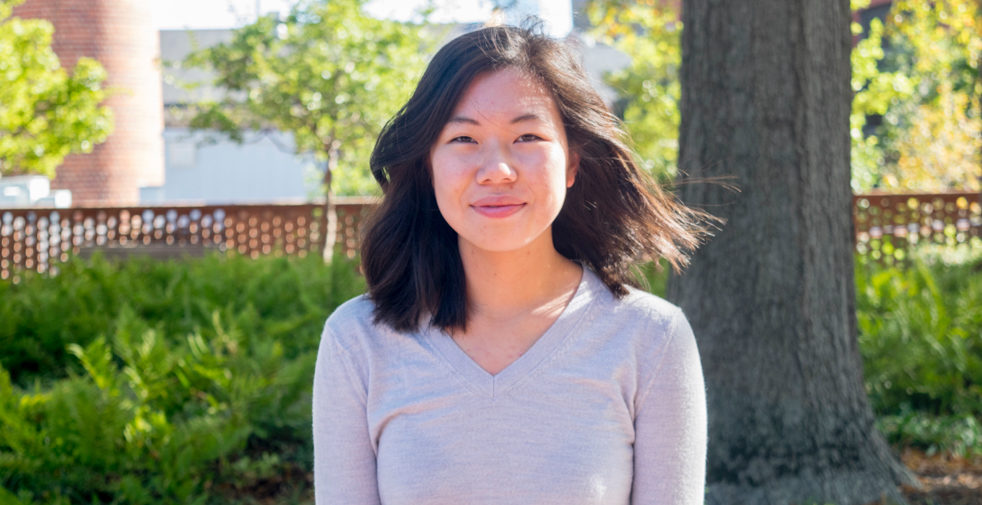Like many people, Donald Trump’s election to high office four years ago set me on a path of political redemption, penance for previously having been so apolitical. I wanted to be more engaged, not only on the volunteering front, but also in starting productive conversations about politics with my family members and close friends. Specifically, I wanted to understand why members of the East Asian and Asian communities were so disengaged from the political process, and why the Asian American population is so often excluded from national discourse.
According to Pew Research, Asian Americans are the fastest growing segment of eligible voters in the United States, but rarely are we elevated to center stage as an ethnic group. The Center for American Progress estimates that Asian Americans will constitute nearly ten percent of eligible voters by 2036.
Yet, there has consistently been a ten percentage point voter turnout gap between Asian Americans and their white counterparts for decades. Why is this? Evidence has pointed to barriers stemming from a lack of civics education, outreach, and in-language materials and translators, as well as an overall pattern of voter suppression for people of color.
The American Bar Association and others have also pointed to a reluctance of major party politics, candidates, and media to take Asian American civic engagement seriously. Take Andrew Yang for instance, who despite raising $16.5 million in Q4 of 2019, was misidentified as ‘John Yang’ on MSNBC and largely ignored by broadcast media during his presidential bid.
It is also a fatal error to collect voter data on Asian Americans as a group, given the fact that no common language or political affiliation unites the majority of its members. The grouping of Asian Americans and Pacific Islanders (AAPIs) often seems arbitrary to people like me, as if it is too inconvenient for the government and media to collect disaggregated data on an incredibly diverse ethnic and racial group in the U.S.
The erroneous assumption that Asian American groups are interchangeable was apparent in many of the probing comments I received growing up: “No, where are you really from?” and my personal favorite, “Do you speak Asian?”
But after four years of political noise, what is clear to me is that Asian Americans are becoming increasingly energized as they recognize the demographic shifts that are making them a forceful voting bloc, from the national level all the way down-ballot.
Kamala Harris is predicted to significantly increase Indian American voter turnout come November. Sri Kulkarni, a Texas Democrat running for a House seat, is leading a successful campaign that has held phone banks in 13 languages in order to reach non-traditional Asian American voters who have simply never been engaged with.
In Georgia, Dr. Michelle Au is running to serve as its first Asian American state senator in SD-48. The fact that a Chinese-American woman is running for a state Senate seat, in Georgia no less, is a testament to how the political landscape has changed alongside a much more diverse electorate.
Even among my family members and family friends, there is a palpable desire to get out the vote and to intentionally have uncomfortable conversations about our ‘model minority’ status and historic complacency in elections.
The president’s inflammatory remarks about the ‘China virus’ and its downstream effects on racial violence against Asian Americans have prompted many of our communities to examine our own roles in perpetuating racism and our solidarity with BLM.
I believe that no matter the result of the election next week, this is only the beginning. With a growing population and fervent enthusiasm for democracy, the only possible path for AAPI political participation is forward.
